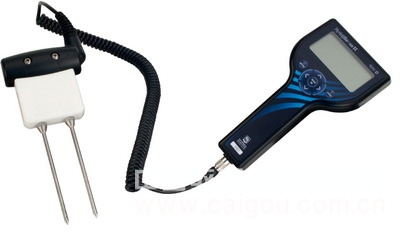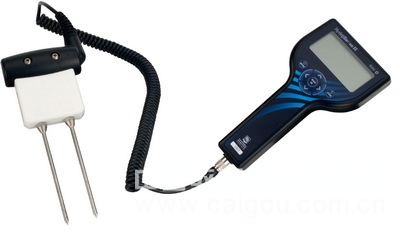Kyushu spatial analysis method for rapid detection of coliforms
1. Scope of Application: This method is designed for the rapid detection of coliform bacteria in various food samples, raw materials, and purified water. It provides a fast and efficient alternative to traditional microbiological techniques.
2. Principle of the Method: The test paper contains lactose, a color indicator, and a selective medium. After incubation, coliforms ferment lactose, producing acid that causes the paper to change color, indicating a positive result. The number of positive papers at each dilution is recorded and used to estimate the coliform count based on the Most Probable Number (MPN) table.
3. Method Characteristics: This technique simplifies the traditional nine-tube method into a single-step procedure, reducing the total time from 78 hours to just 24 hours. It eliminates the need for extensive preparation of culture media, sterilization of equipment, and other labor-intensive tasks. Additionally, it allows for on-demand sampling without the need for prior setup.
4. Procedure
(1) Sample Preparation: Aseptically weigh 25 g (or measure 25 mL) of the sample into a container with 225 mL of sterile physiological saline. Mix thoroughly to create a 1:10 dilution. Take 1 mL of this solution and add it to 9 mL of sterile saline to make a 1:100 dilution. Repeat the process for further dilutions, ensuring a new sterile pipette is used for each step.
(2) Inoculation: Two dilutions are typically selected for testing. For most foods, use 1:10 and 1:100 dilutions. For beverages and drinking water, use the original stock solution and a 1:10 dilution. Each test consists of three large paper strips (10 mL), six small paper strips (1 mL), and two large strips per small bag are counted as one unit. Using a sterile pipette, inoculate 10 mL of the 1:10 dilution into a plastic bag containing large paper strips (equivalent to 1 g of sample). Let it soak and then lay flat, repeating the process three times. Next, inoculate 1 mL of the same dilution into a bag with small paper strips (equivalent to 0.1 g of sample), also performing three repetitions. Finally, inoculate 1 mL of the 1:100 dilution into a bag with small paper strips (equivalent to 0.01 g of sample), again doing three replicates.
(3) Incubation: Place the inoculated paper strips in a 37°C incubator for 15 to 24 hours.
5. Results Interpretation and Counting: A yellow color or a red spot on a yellow background indicates a positive result for coliforms. If the paper remains purple or shows red on a purple-blue background without any surrounding yellow, it is considered negative. Record the number of positive papers at each dilution and refer to the MPN table to determine the coliform count. If the first dilution was the stock solution, divide the result by 10 accordingly.
6. Notes: If the sample’s pH is below 7, adjust it to neutral using 1 mol/L sterile sodium hydroxide (NaOH) to prevent false results caused by pH-induced discoloration of the paper.


This method offers a quick, accurate, and user-friendly approach for detecting coliforms in a wide range of samples. Its efficiency and ease of use make it particularly suitable for laboratories and quality control departments looking to streamline their testing procedures without compromising accuracy.
Curtain Rod Kid Finial,Cute Curtain Rod,Cartoon Curtain Rod,Children Curtain Rod
HANGZHOU AG MACHINERY CO.,LTD , https://www.famourdecor.com